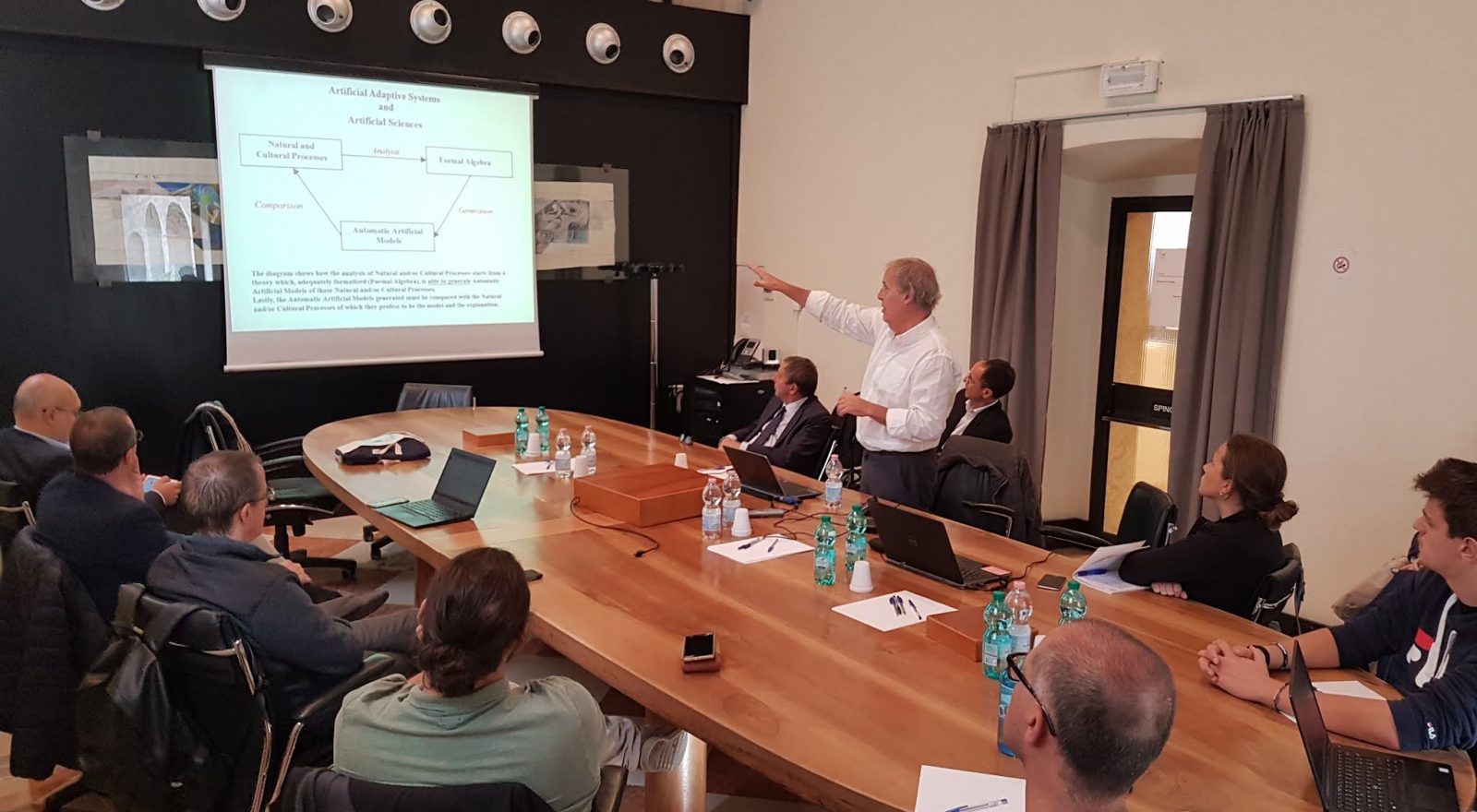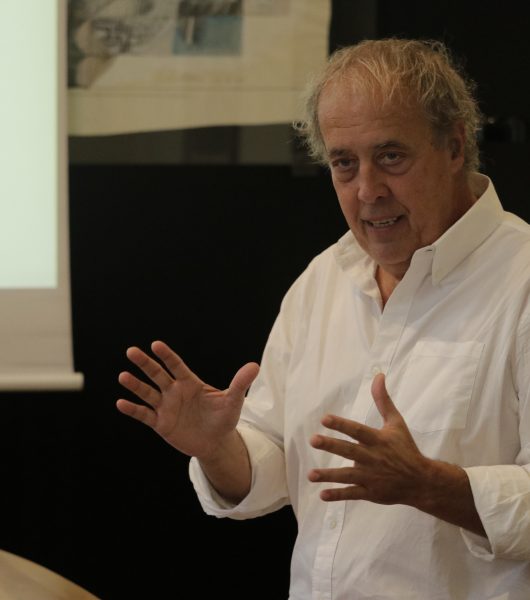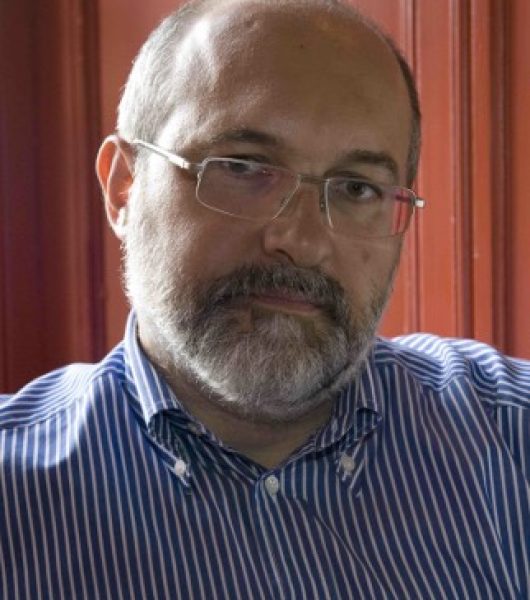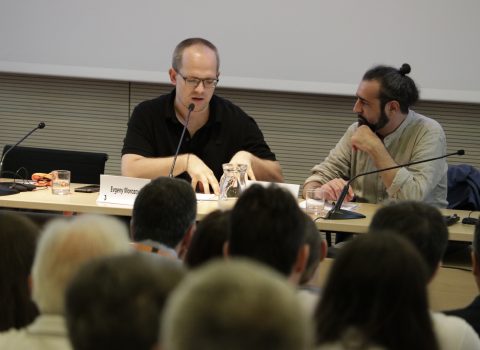In praise of imperfection
IRVAPP seminar with prof. Massimo Buscema, expert in Artificial Intelligence and deep learning faced with a perspective that is "different from the mainstream"
The application areas for the new generation predictive models are many: automated diagnosis of moles, the prevention of acts of terrorism, the streamlining of public spending, crime-fighting, analysis of global stock market indexes.
New types of Artificial Neural Networks are changing the face of Artificial Intelligence. It also seems that any technological device produced is capable of showing “intelligent” behavior. However, designing algorithms that can “learn to learn” is not simple.
Tuesday, October 16, 2018, at the invitation of prof. Pierluigi Sacco (IRVAPP), we hosted prof. Paolo Massimo Buscema – (Semeion Research Center and University of Colorado) to hold a seminar dedicated to these topics.
After some theoretical and methodical premises, the expert presented a series of projects completed in recent years. We had the opportunity to meet prof. Buscema and ask him a couple of questions to enrich our reflection on the challenges posed by the evolution of AI and to feed the public discourse around these topical and relevant issues.
In particular, we asked him to explain to us what distinguishes an algorithm that is “seemingly” able to learn from others that show a “real” deep learning capability; to tell us about the new types of Artificial Neural Networks that would change the face of AI; and finally to share a reflection on the ethical challenges that the rapid technological evolution poses and, possibly, on ways to face them.
A central suggestion in the setting of the work of prof. Buscema is the so-called THEORY OF IMPOSSIBLE WORLDS, which in extreme synthesis, simplifying and without going into the merit of the structure of the equations that substantiate it, can be described as the opportunity to introduce the absurd and error in the co-evolutionary process of observation, analysis, prediction and feedback. A choice that allows to simulate in a more adherent way the nature of human thought up to meta-learning and meta-thinking; with the advantage of being able to apply the knowledge emerging from the unpredictable data and behaviors they highlight in areas other than the original one.
In his own words: “If you make mistakes, you exist because, by making mistakes, you learn; when you do not make mistakes, you no longer learn: this is why neural networks must not learn but metalearn”.




